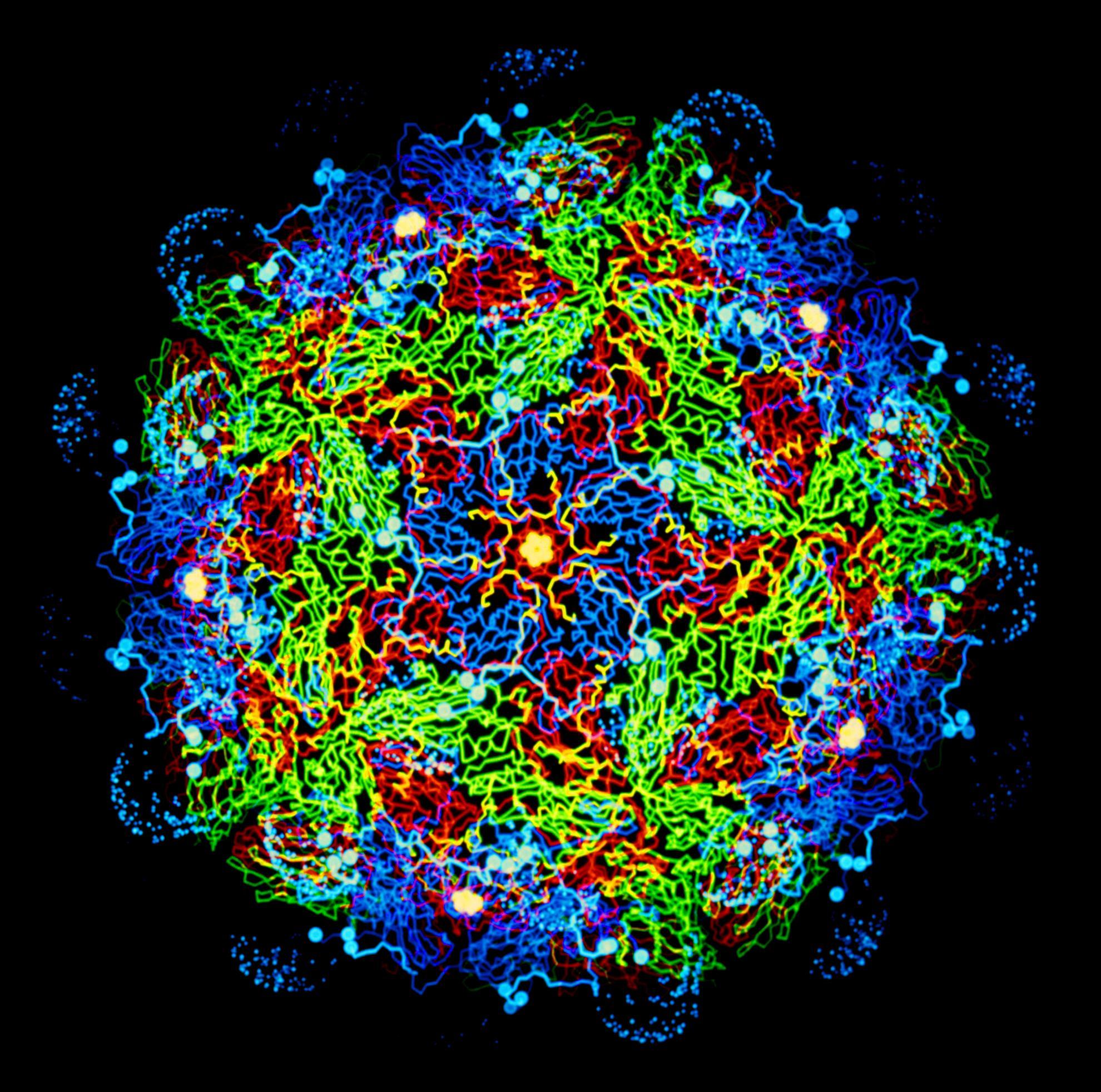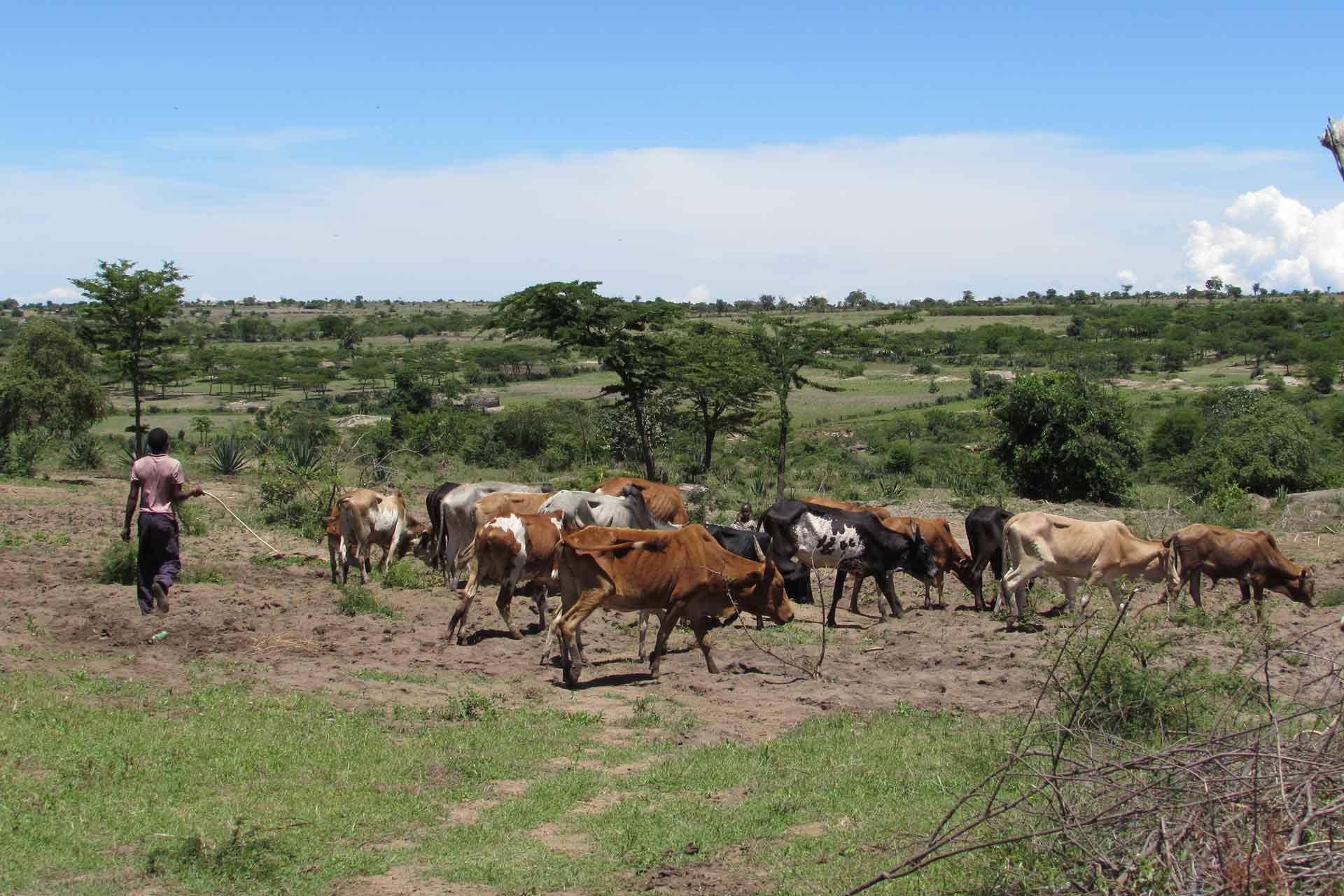Factors associated with foot-and-mouth disease seroprevalence in small ruminants and identification of hot-spot areas in northern Nigeria
Many small ruminants infected with foot-and-mouth disease (FMD) remain asymptomatic, with the capacity to promote silent viral spread within domestic and wildlife species. However, little is known about the epidemiological role played by small ruminants in FMD. In particular, there are few studies that examine FMD seroprevalence, spatial patterns and risk factors for exposure in small ruminants. A cross-sectional study was conducted in northern Nigeria (Bauchi, Kaduna, and Plateau States) to determine the true seroprevalence of FMD in backyard small ruminants, identify factors associated with FMD seroconversion at animal and household levels, and identify spatial patterns for FMD virus exposure. Data on animal (n = 1800) and household (n = 300) characteristics were collected using a standardised questionnaire. Sera samples from 1800 small ruminants were tested for antibodies against non-structural proteins of FMD virus. True seroprevalence was estimated stochastically to account for variability and uncertainty in the test sensitivity and specificity previously reported. Risk factors for FMD seropositivity were identified at animal and household levels and spatial patterns were determined. The overall true seroprevalence for FMD virus, in the small ruminant population tested, was estimated to be 10.2 % (95 % Credible Interval (CrI) 0.0-19.0), while State-level estimates were 17.3 % (95 % CrI 0.0-25.8) for Kaduna, 6.9 % (95% CrI 0.0-15.8) for Bauchi, and 3.6 % (95 % CrI 0.0-12.6) for Plateau. State and species were the main risk factors identified at animal level, with interaction detected between them. Compared to goats in Plateau, the odds of testing positive were higher for goats in Bauchi (Odds Ratio (OR)= 1.83, 95 % CI 1.13-2.97, p = 0.01) and Kaduna (OR=2.97, 95 % CI 1.89-4.67, p < 0.001), as well as for sheep in Plateau (OR=3.78, 95 % CI 2.08-6.87, p < 0.001), Bauchi (OR=1.61, 95 % CI 0.91-2.84, p = 0.10), and Kaduna (OR=3.11, 95 % CI 1.61-6.01, p = 0.001). Households located in Kaduna were more likely to have a higher number of seropositive SR compared to those in Plateau (Prevalence Ratio (PR)= 1.75, 95 % CI 1.30-2.36, p < 0.001), and households keeping sheep flocks were more likely to be seropositive (from 1 to 10 sheep: PR=1.39, 95 % CI 1.05-1.82, p = 0.02; more than 10 sheep: PR=1.55, 95 % CI 1.12-2.15, p = 0.008) compared to those that did not keep sheep. A hot-spot was detected in Kaduna, and a cold-spot in Plateau. These results reveal that small ruminants had been recently exposed to FMD virus with spatial heterogeneity across the study area.

